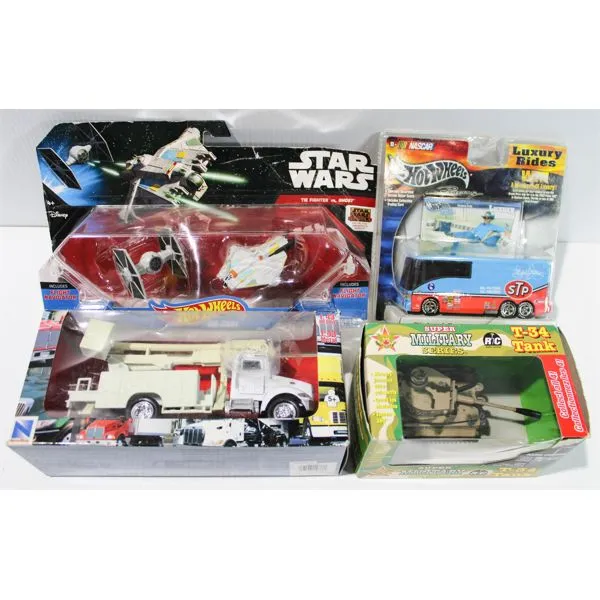Top 5 Facts About Hot Wheels Diecast Cars
Hot Wheels diecast cars have captured the hearts of children and collectors alike for decades. These miniature marvels are more than just toys; they are a testament to design, engineering, and the enduring appeal of classic cars. From their vibrant colors to their intricate details, Hot Wheels cars represent a unique blend of play and collectibility. This article delves into five fascinating facts about these iconic toy cars, exploring their history, the passion behind collecting them, and the factors that make them so special. Whether you’re a seasoned collector or a curious newcomer, prepare to be amazed by the world of Hot Wheels.
The History of Hot Wheels
The story of Hot Wheels begins in the mid-1960s when Mattel, the company behind Barbie, decided to create a line of toy cars that would rival the popularity of Matchbox cars. The goal was to design cars that were fast, cool, and, unlike their competitors, could perform well on elaborate track sets. This ambition led to a collaboration with a team of designers, including Elliot Handler, the co-founder of Mattel, and a group of engineers who were passionate about cars. The initial designs were groundbreaking, featuring sleek, low-profile bodies, vibrant colors, and the now-iconic redline tires that were a hallmark of the early models. The introduction of Hot Wheels in 1968 marked a turning point in the toy car industry.
The Origins of Hot Wheels

The inception of Hot Wheels was a direct response to the success of Matchbox cars, which were popular due to their realistic designs and affordability. Mattel aimed to differentiate their cars by focusing on speed and performance. The engineers and designers worked tirelessly to develop a low-friction axle system and a sleek design that allowed the cars to glide effortlessly on tracks. The team drew inspiration from the custom car culture of Southern California, which was thriving at the time. They wanted to create a line of cars that reflected the excitement and energy of the hot rod scene.
The First Hot Wheels Cars
The original sixteen Hot Wheels cars, known as the “Sweet 16,” were released in 1968. These cars set the standard for the brand, with iconic models like the Custom Camaro, the Beatnik Bandit, and the Custom Corvette. Each car was designed with a unique personality and a striking aesthetic, featuring bold colors, detailed graphics, and innovative designs. The success of the Sweet 16 laid the foundation for the brand’s future, establishing its reputation for quality and innovation. Collectors today highly prize these original models, which have become highly sought-after collectibles.
What Makes Hot Wheels Special
What sets Hot Wheels apart is the combination of design, performance, and collectibility. Unlike many other toy car brands, Hot Wheels prioritized speed and playability, designing cars that could perform on elaborate track sets. The focus on customization, with a wide array of colors, graphics, and models, made them attractive to both children and adults. The company’s marketing efforts further enhanced their appeal, creating a sense of excitement and exclusivity around new releases. This unique blend of factors has created a passionate community of collectors and enthusiasts who continue to support the brand.
The Detail and Design
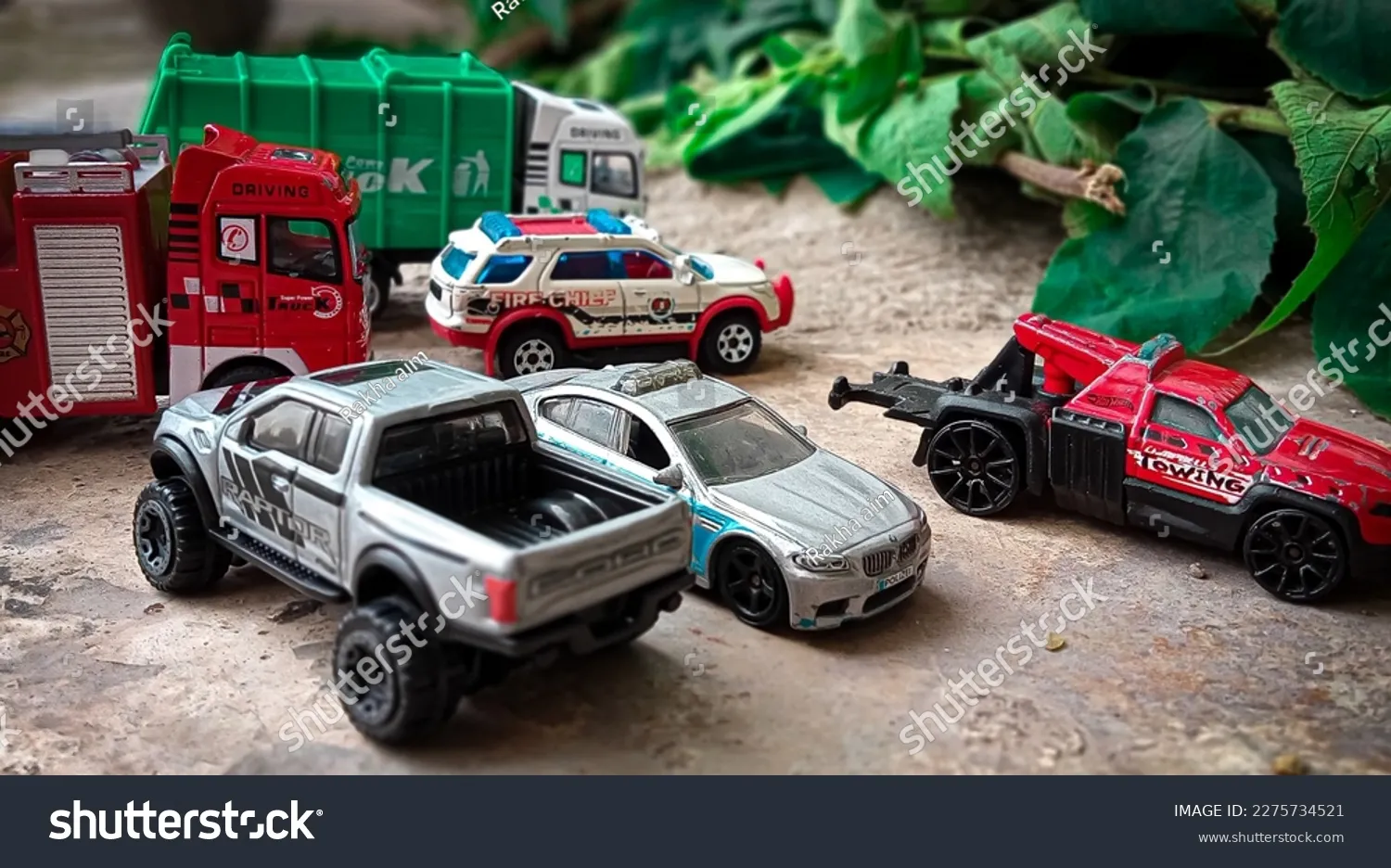
Hot Wheels cars are known for their meticulous detail and striking designs. Designers are often inspired by real-world cars, but they are also known to create original designs that push the boundaries of automotive aesthetics. The use of vibrant colors, custom graphics, and unique body styles gives each car a distinct personality. The attention to detail extends to the interior, wheels, and even the packaging. This commitment to detail is a significant factor in the cars’ appeal and collectibility. The design team constantly innovates, introducing new casting and graphic elements that keep the line fresh and exciting.
The Variety of Models
Hot Wheels offers an astonishing variety of models, with thousands of different castings released over the years. The range includes everything from classic muscle cars and sports cars to futuristic concepts and fantasy vehicles. The company also collaborates with other brands, such as movies, video games, and real-world automotive manufacturers, to create unique and highly sought-after models. This diversity ensures that there is a Hot Wheels car for every taste and interest. The constant stream of new releases keeps collectors engaged and excited about the next addition to their collection.
Hot Wheels Collecting
Collecting Hot Wheels is a beloved hobby for many, offering a combination of nostalgia, investment potential, and the joy of discovering rare and unique models. Collectors range from casual enthusiasts to serious investors, with a shared appreciation for the design, history, and cultural impact of the brand. The collecting community is active and vibrant, with online forums, clubs, and shows where collectors can connect, trade, and share their passion. The thrill of the hunt, finding rare models, and expanding one’s collection are major drivers for the popularity of this hobby.
Rarity and Value
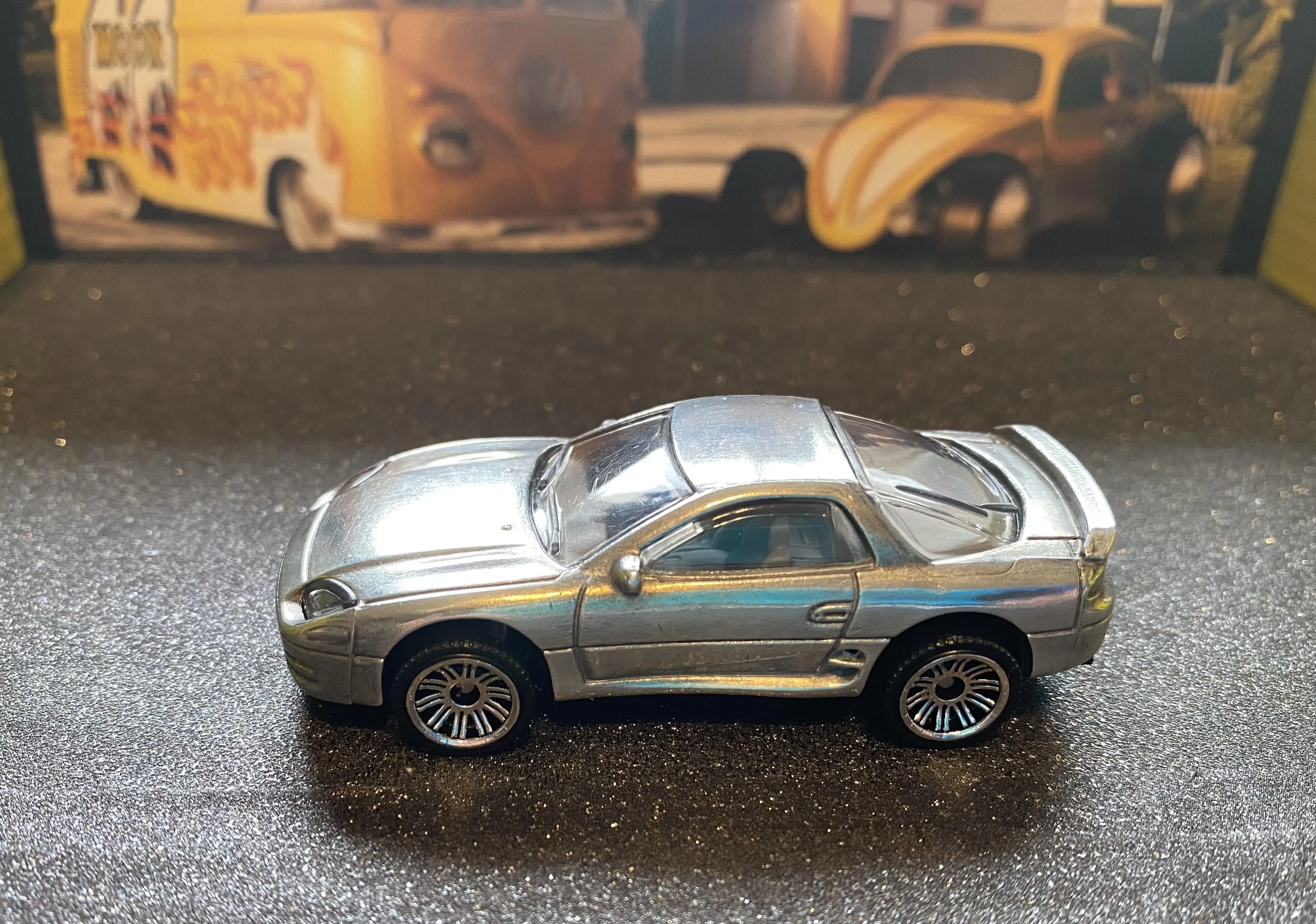
Certain Hot Wheels cars can be incredibly valuable, with some rare models selling for thousands of dollars. Rarity is a key factor in determining a car’s value, with limited-edition releases, prototypes, and errors in production being particularly valuable. The condition of the car, including the packaging, is also essential. Cars that are still in their original packaging and are in mint condition are often worth significantly more than those that have been played with or damaged. The market for rare Hot Wheels cars is dynamic, with prices influenced by collector demand, historical significance, and overall rarity.
Factors Affecting Value
Several factors affect the value of a Hot Wheels car. Rarity is arguably the most important, with limited-edition releases and those produced in small quantities commanding higher prices. Condition is also critical; cars in original packaging and mint condition are worth significantly more. Special editions, such as those featuring unique paint jobs or graphics, also increase value. The presence of errors in production, such as misprints or incorrect parts, can significantly boost a car’s worth. Demand among collectors, and the car’s historical significance also play a role in determining the price. Finally, the overall popularity of the car’s model or casting design influences its market value.
Where to Find Collectibles
Finding collectible Hot Wheels cars requires some strategy and knowledge. Several avenues exist for collectors to acquire rare and valuable models. These include online marketplaces, local events, and specialized shops. Collectors often combine multiple strategies to diversify their sources and increase their chances of finding rare items. Building relationships within the collecting community and staying informed about new releases and market trends are also important for success in the world of Hot Wheels collecting.
Online Marketplaces
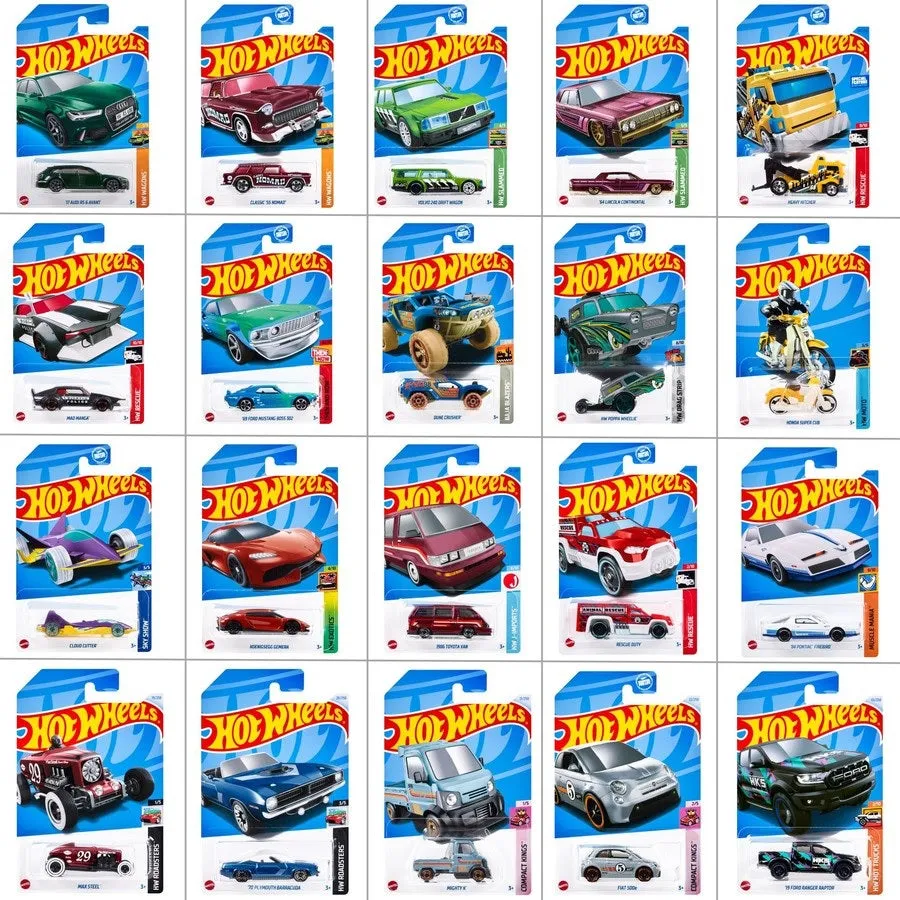
Online marketplaces like eBay and specialized Hot Wheels forums are popular places to find and purchase collectible cars. These platforms offer a wide selection of models, from common releases to rare finds. When buying online, it is essential to research the seller, examine the car’s condition carefully, and understand the pricing trends for specific models. Auction sites can be exciting for finding rare cars. However, it is essential to be patient and vigilant against fraudulent listings.
Local Events and Shows
Local car shows, swap meets, and toy fairs are excellent places to find Hot Wheels cars and connect with other collectors. These events often feature vendors selling a wide variety of models, including rare and vintage items. Attending these events allows collectors to see cars in person, negotiate prices, and build relationships with other enthusiasts. Local events also provide opportunities to learn about the hobby, participate in auctions, and find out about new releases and market trends. Many collectors consider these events a crucial part of their collecting experience.
Customization and Modification
Beyond collecting, many enthusiasts enjoy customizing their Hot Wheels cars, further personalizing them and adding unique value to their collections. The customization process involves a range of techniques, from simple modifications to elaborate restorations. Customization allows collectors to express their creativity, making each car a unique piece of art. This also encourages a deeper engagement with the hobby, fostering a sense of pride and ownership. The customization community is vibrant, with online communities and tutorials helping to share expertise and inspiration.
Custom Painting
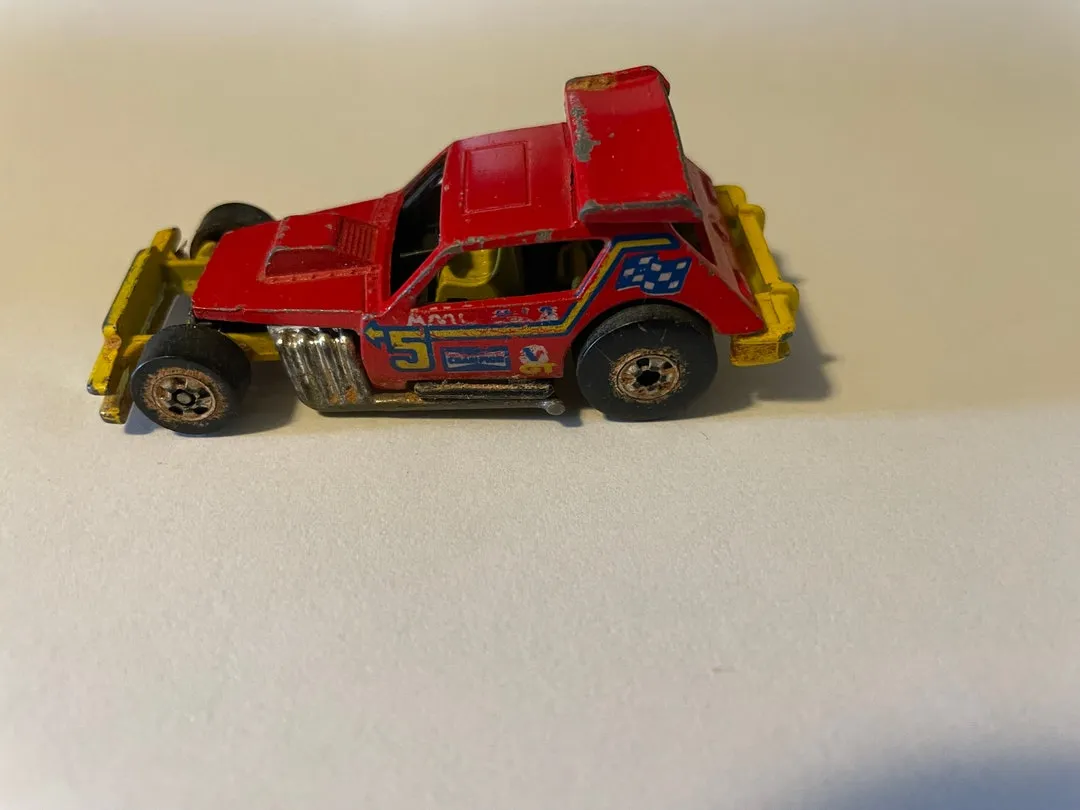
Custom painting is a popular way to personalize Hot Wheels cars. Collectors use a variety of techniques, including airbrushing, hand-painting, and applying custom decals, to create unique finishes. This allows them to alter the appearance of the cars, adding new colors, graphics, or even realistic details. Custom paint jobs can range from subtle enhancements to complete overhauls. Collectors often focus on specific themes or styles when customizing, resulting in a diverse range of custom cars. The quality and creativity of a paint job can significantly increase the car’s collectibility and value.
Wheel Swaps
Wheel swaps are another common customization technique. Collectors replace the original wheels with different types, sizes, or styles to change the car’s appearance and improve its performance on tracks. This is a relatively easy modification that can drastically alter the look of a car. Popular wheel swap options include using real rider wheels from other Hot Wheels models or aftermarket wheels designed for customization. Wheel swaps can range from simple changes to more complex modifications that involve adjusting the axles and chassis. They give collectors even greater control over their cars’ aesthetics.
The Future of Hot Wheels
The future of Hot Wheels looks bright, with continued innovation, collaborations, and an ever-growing community. Mattel continues to release new models, expand the brand into new markets, and embrace new technologies. The company’s commitment to quality, design, and community engagement will ensure that Hot Wheels remain a popular choice for generations to come. The brand’s ability to adapt and evolve while retaining its core values is a testament to its enduring appeal. The future is exciting for collectors and enthusiasts alike.
In conclusion, Hot Wheels diecast cars offer a captivating blend of history, design, and collectibility. From their origins in the 1960s to their current popularity, these miniature cars have captured the hearts of collectors worldwide. Whether you are attracted by their design, the thrill of the hunt, or the potential investment, Hot Wheels offer something for everyone. As the brand continues to innovate and connect with its community, the world of Hot Wheels is sure to remain exciting and dynamic for years to come.
